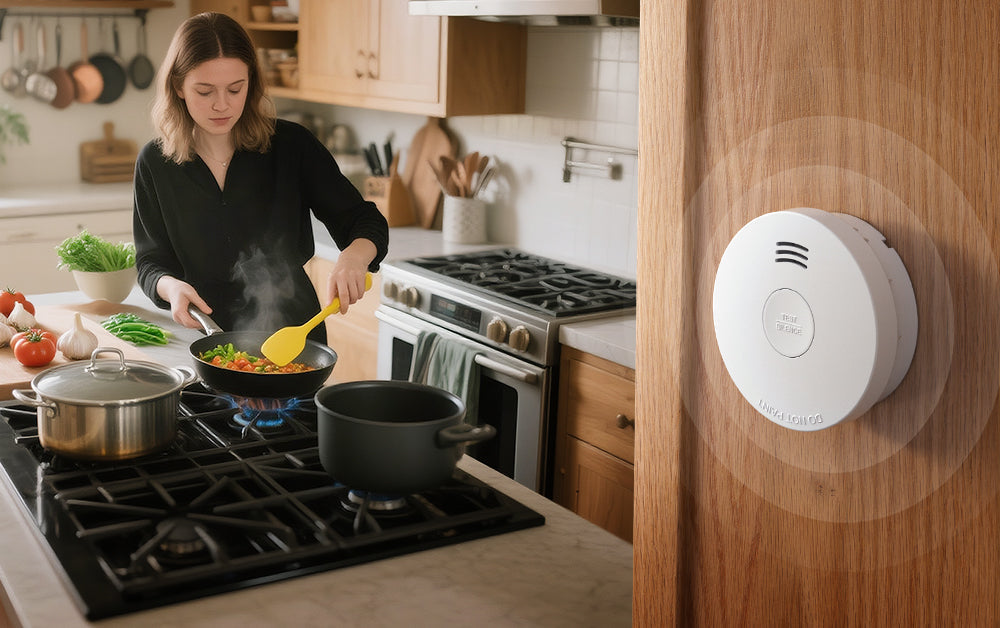Homes with older adults and young children face a higher risk of fatal fires—a danger often underestimated in everyday households. Data from the National Fire Protection Association (NFPA) and the U.S. Fire Administration (USFA) show that aging populations and limited mobility dramatically increase vulnerability during residential fires, while children may not respond effectively to alarms at night.
Understanding Fire Risks for Seniors and Children
1. Adults aged 85 + are broadly found to be at the highest risk of home‐fire death (USFA) and one recent analysis puts that risk at 3.4 times the national average (MoneyGeek).
2. More than one-third (39%) of home-fire fatalities involve residents aged 65 or older (NFPA).
3. Children are less likely to die than seniors, but they are still vulnerable—especially in multi-generation homes where adults may need help escaping.
4. Night-time fires are disproportionately lethal: although only about 17 % of home fires occur between 11 p.m. and 7 a.m., these account for about 41 % of home fire deaths (Insurify).
These facts point to two key issues in homes with elderly and/or children: slower mobility or impaired response, and high risk of fires during sleeping hours when detection/escape is more difficult.

How to Place Smoke Alarms for Maximum Safety
1. Prioritize full-home smoke alarm coverage
Put smoke alarms inside and outside each bedroom and sleeping area. Put alarms on every level of the home. USFA recommends this as the minimum standard for reliable protection.
2. Ensure alarms can be heard in every room
For older adults who may not wake easily, consider interconnected alarms—so when one unit sounds, all alarms in the home go off together. This ensures the warning reaches bedrooms even with doors closed.
3. Use alarms with high sound levels and/or voice alerts
Consider alarms that produce at least 85 dB at 10 feet (standard in many UL217 units). For households with residents who have hearing loss, consider alarms with voice alerts (“Fire! Fire!”).
For households seeking extra convenience, combination smoke and CO alarms are a practical choice, providing dual protection in a single device.

Night-Time Escape Planning for Vulnerable Households
1. Households with older adults and children should create and regularly practice an escape plan. Homes without working alarms or no escape plan account for nearly 60% of fire deaths.
2. Define primary and secondary exits from each sleeping room. Ensure windows open easily and blinds/curtains are not stuck.
3. For older adults or those with mobility limitations: keep a flashlight, house phone or mobile next to the bed; consider an escape ladder if the sleeping room is above ground level.
4. Teach children the sound of the alarm and what to do (e.g., crawl low beneath smoke, meet at a designated outdoor spot).
5. Sleep with the bedroom door closed when possible—this slows fire spread and gives more escape time.
6. Monthly test of alarms + annual battery replacement (if not sealed) is vital.
These steps transform reaction into readiness—a crucial shift when every second counts.

Designing a Safer Home for Kids and Seniors
Fire safety isn’t just about alarms—it’s about designing a home where everyone, from toddlers to grandparents, has the best chance to survive. Reliable smoke detection, thoughtful placement, and practiced readiness can make all the difference. Siterwell’s UL217-compliant smoke and smoke/CO combo alarms offer long-life performance and dependable protection for every generation.



